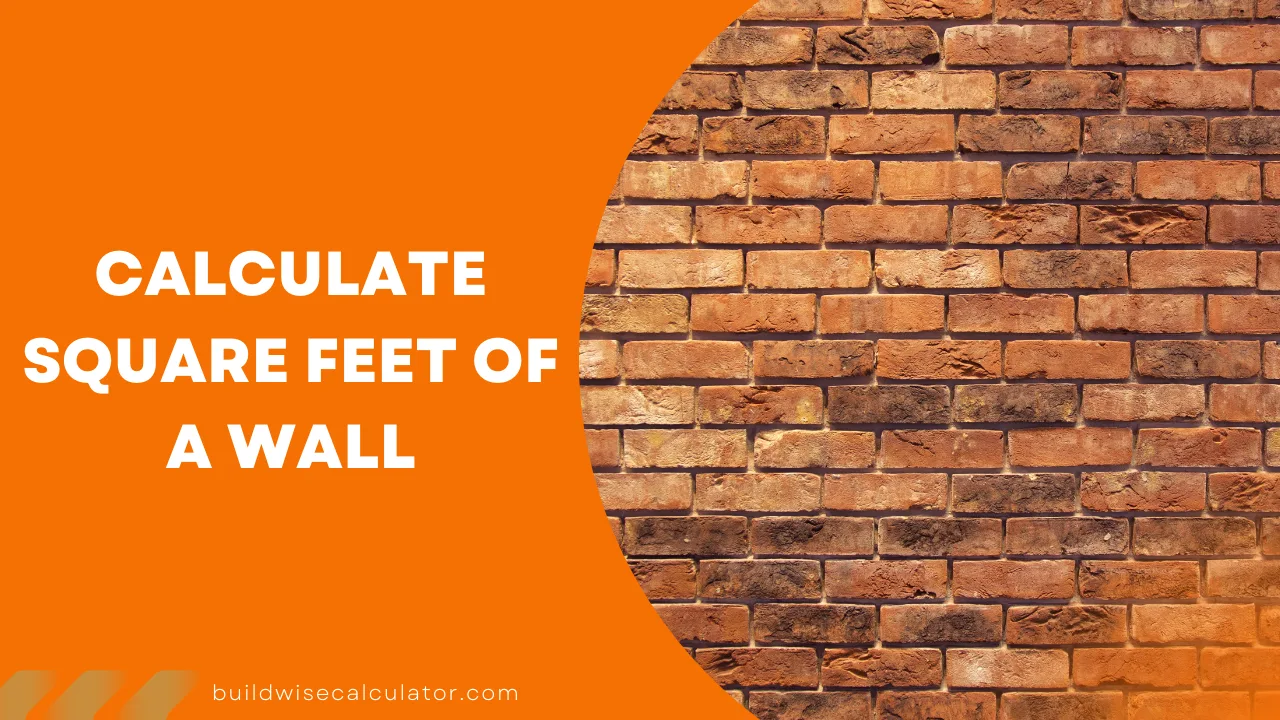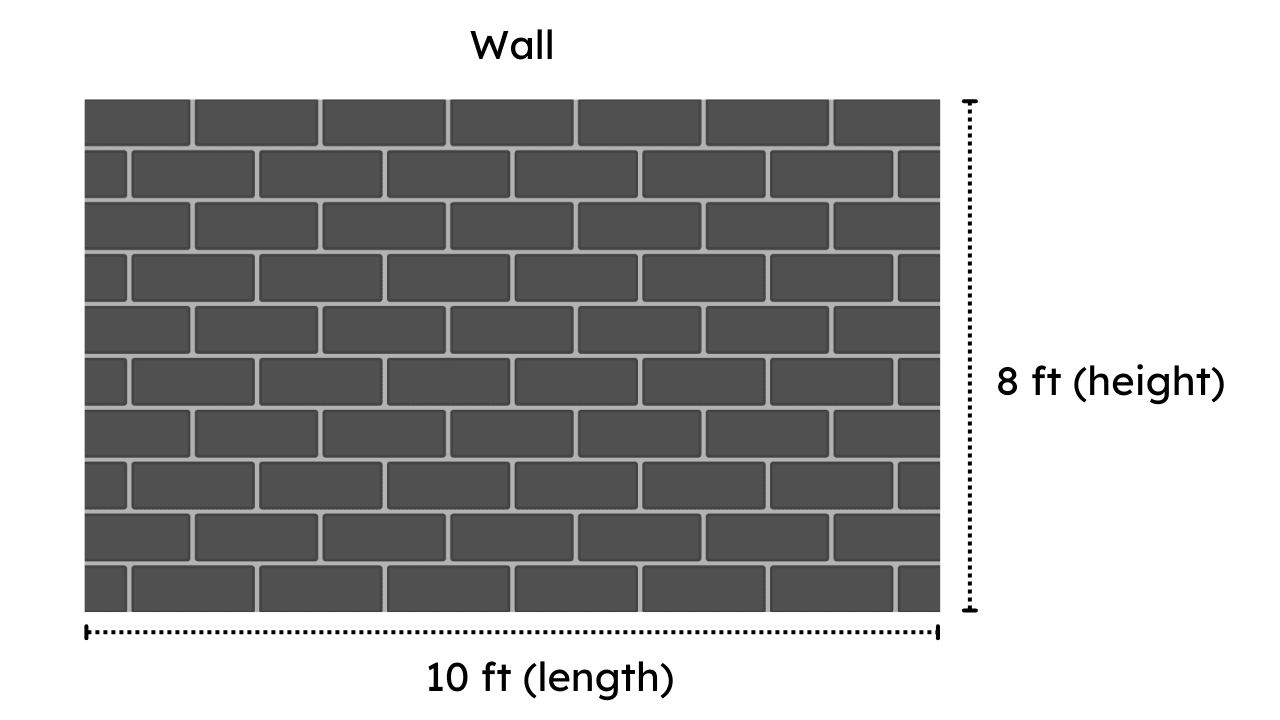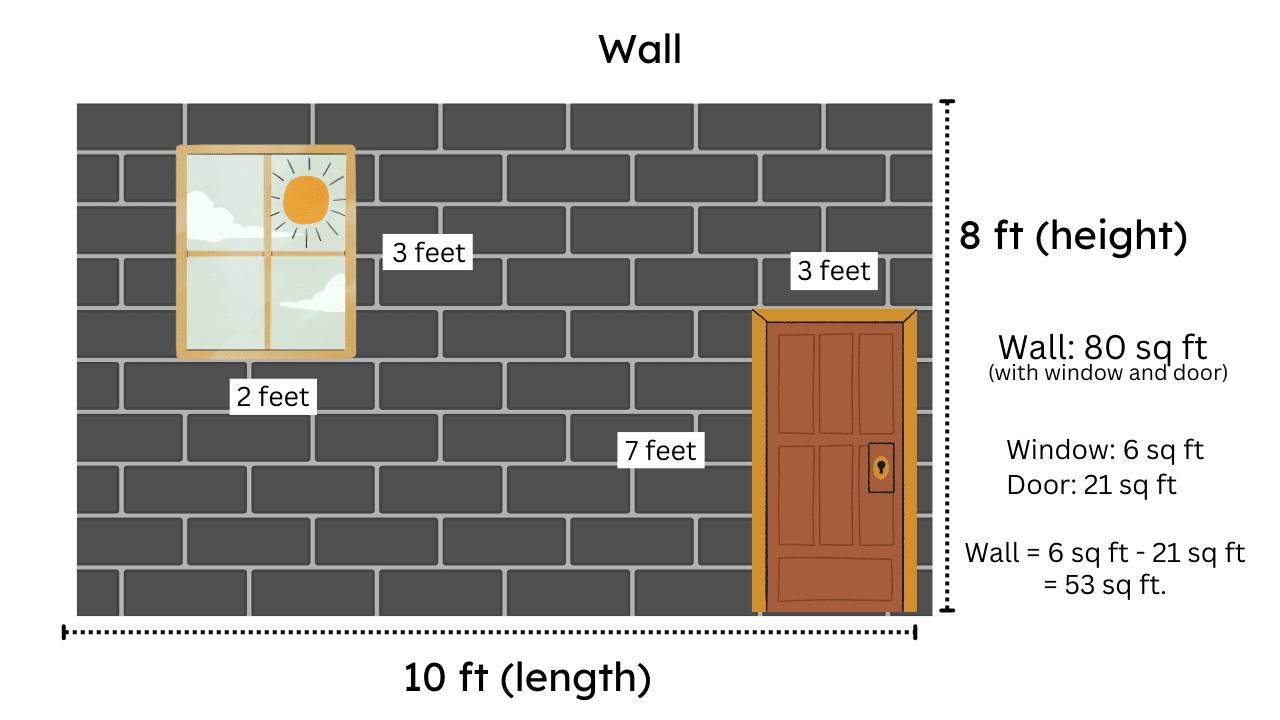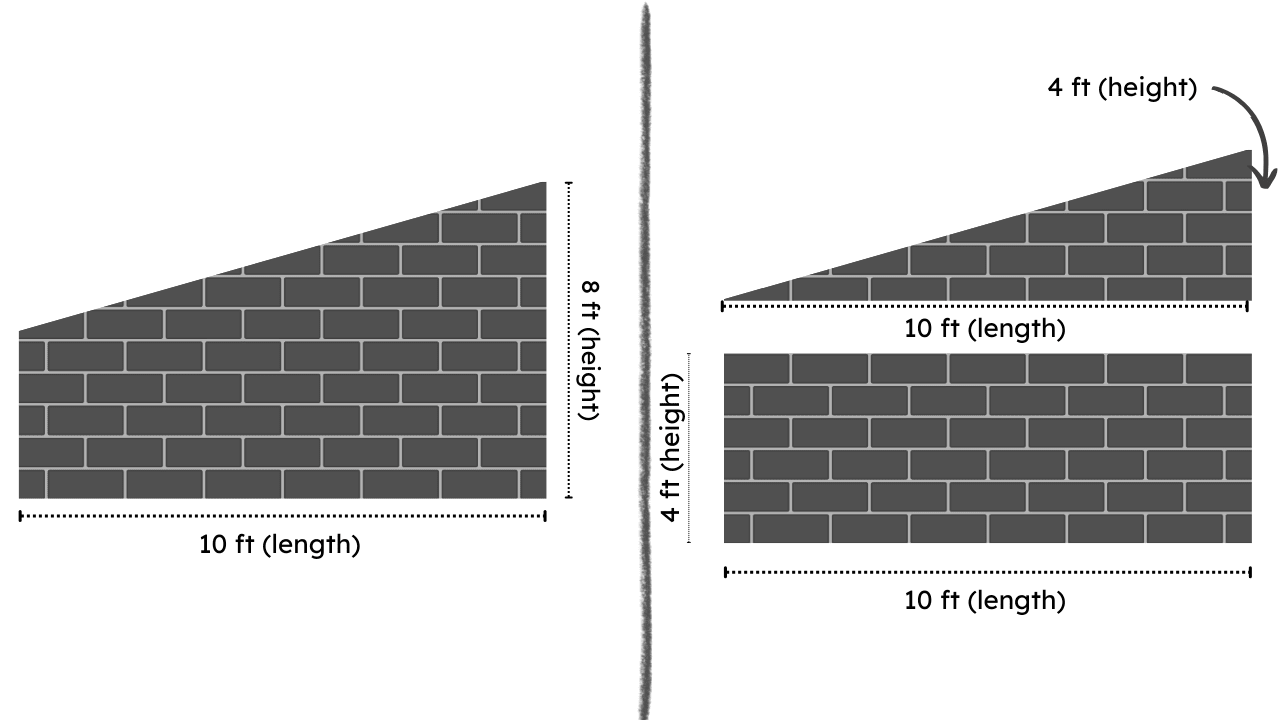How to Calculate Square Feet of a Wall: A Beginner’s Step-by-Step Guide
Publish on: 27-Mar-2025

Ever wondered how much paint or wallpaper you’ll need for a wall? It starts with knowing its square footage. Don’t worry if math isn’t your thing—this guide breaks it down so simply, anyone can do it. We’ll cover what square feet means, the easy formula, and how to handle tricky spots like windows. Let’s dive in!
What Are Square Feet?
Square feet (sq ft) is just a way to measure area—how much flat space a wall covers. Think of it like counting the number of 1-foot-by-1-foot tiles that fit on your wall. It’s super useful for buying materials or planning renovations.
The Basic Formula
To find the square footage of a wall:
Square Feet = Length × Height
- Length: How wide the wall is (in feet).
- Height: How tall the wall is (in feet).
That’s it! Multiply these two, and you’ve got your answer. Let’s see it in action.
Step-by-Step: Calculate Square Feet of a Wall
1. Calculating a Simple Wall
Imagine a plain wall—no windows, no doors. Here’s how you do it:

- Measure the Length: Grab a tape measure. Stretch it across the wall from one side to the other. Say it’s 10 feet wide.
- Measure the Height: Now measure from floor to ceiling. Let’s say it’s 8 feet tall.
- Multiply: Plug it into the formula:
10 ft (length) × 8 ft (height) = 80 sq ft.
Your wall is 80 square feet. Easy, right?
2. Handling Tricky Walls (Windows, Doors, etc.)
Most walls aren’t plain boxes—they’ve got windows or doors. Here’s how to deal with them:

- Measure the Wall First: Get the total square footage like above. Let’s stick with 80 sq ft (10 ft × 8 ft).
- Measure the Openings:
- Window: Say it’s 2 ft wide × 3 ft tall = 6 sq ft.
- Door: Say it’s 3 ft wide × 7 ft tall = 21 sq ft.
- Subtract: Take the wall’s total and subtract the openings:
- 80 sq ft (wall) - 6 sq ft (window) - 21 sq ft (door) = 53 sq ft.
Now you’ve got the actual wall area to paint or cover.
- 80 sq ft (wall) - 6 sq ft (window) - 21 sq ft (door) = 53 sq ft.
3. A Slanted Wall
Say your wall is 10 ft wide, 8 ft tall on one side, and slopes to 4 ft on the other (like an attic). Split it:

- Rectangle: 10 ft × 4 ft = 40 sq ft.
- Triangle (above rectangle): Base 10 ft, height (8 ft - 4 ft = 4 ft) = (10 × 4) ÷ 2 = 20 sq ft.
- Total: 40 + 20 = 60 sq ft.
Pro Tips for Beginners
- Use Feet, Not Inches: Measure in feet for simplicity. If you get 12 inches, that’s 1 foot; 18 inches is 1.5 feet.
- Round Up: If your length is 10.2 ft, call it 10.5 ft—better to overestimate than run short.
- Double-Check: Measure twice. A small mistake can throw off your whole plan.
- Odd Shapes: For slanted or funky walls, break them into rectangles or triangles.
- Triangle Formula: (Base × Height) ÷ 2. Add this to your rectangle areas.
Why This Matters
Knowing your wall’s square footage saves you time and money. Paint cans often say “covers 400 sq ft”—now you’ll know exactly how much you need. Plus, it’s a skill you’ll use again and again.
Wrap-Up
Calculating square feet is just measuring, multiplying, and subtracting if needed. Start with length × height, tweak for windows or doors, and you’re set. Even if you’re a total newbie, you’ve got this! Try it on a wall at home—grab a tape measure and see for yourself.
Recent Posts
How Much Rebar Do I Need? – A Complete Guide
How Much Epoxy Do You Need for Your Floor?
How to Calculate Yards of Concrete: A Simple Guide for Your Next Project
Difference Between Cement and Concrete: What You Need to Know
How to Calculate Tile for a Shower: A Beginner’s Step-by-Step Guide
Roof Truss: Picking the Right Thickness for Your Project
Concrete Slab Construction: Materials, Process & Thickness Rules
What is Crown Molding? Its Pros, Cons, and Uses
What is MDF? A Complete Guide to Medium-Density Fiberboard
What is Concrete? History, Types, Costs, and Tips for Working with It
What is Asphalt, How is it Made, and How Much Does it Cost?
Drywall: A Complete Guide to Installation, Repair, and Finishing
Floor Wax Guide: Best Practices for Wood, Tile, and Hardwood Surfaces
Tar and Gravel Roofs: A Durable Roofing Solution for Modern Homes
What Masonry Sand Is and Its Uses
Building and Installing Post and Rail Fences
Best Plywood Types for Roofing: Strength, Durability, and Protection
Slope: Why It Matters and How to Define It
Roof Panels: Types, Installation, Costs, and Maintenance
Electric Fences: Installation, Costs, Testing, and How They Work
How to Calculate Acreage of an Irregular Lot?
How Deep Should a Patio Base Be? Expert Tips and Material Choices
Deck Posts: Types, Materials, Pros & Cons, and Spacing
Types of Stone Wall: A Complete Guide
Mild Steel vs Carbon Steel | What is the differance?
How Deep Should a Fence Post Be?
5052 vs. 6061 Aluminum: Key Differences and Best Uses
Carpet Area vs Built-Up Area: What’s the Difference and How to Calculate?